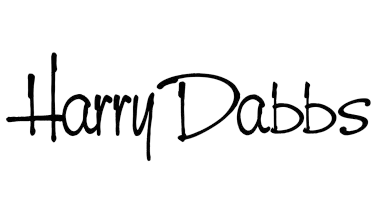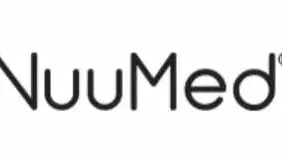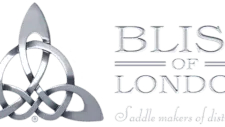Your horse’s bridle and bit are more than just decoration. The bit helps you communicate with your horse, and depending on the style of bit, can be quite complicated. Fitting a bit for your horse is just as important as saddle fitting. Poor bit and bridle fit can have detrimental affects throughout the horse’s body that can often lead to behaviour problems. Wendy is a qualified Myler bitting technician and can help ensure you have the correct bit for your horse when you book together with a saddle fit or check
Things to consider for the best bit fit
- The bit needs to fit the width of the mouth. There is about 1/4 of an inch or more on either side of the lips when the bit is resting in the mouth. If there is too much extra, this causes the bit to slide side to side. The reason for this is to keep the very fleshy lips away from any “pinchy” areas where the bit meets the bit rings.
- It fits the space in the mouth. The space is the area between the upper hard palate and the bars. The bars are the semi-soft area between the upper and lower chompers. Ideally, the bit should be no more than 1/2 of that space. This is where your horse’s specific mouth anatomy, including tongue thickness and palate location, varies from your friend’s horse. This is the exact reason why it’s not totally correct to say that “all thin bits are harsh”. The reality is that some thin bits are actually thick in some horses and vice versa!
Check the position of the bit
- It’s positioned correctly on the bars of the mouth. Start in the middle, about halfway between the upper and lower teeth. You may have heard the old saying about 1-2 wrinkles in the corner of the mouth being ideal. This is another case in which anatomy sometimes bucks the rules. Go for the position on the bars and feel in his mouth when you are riding over wrinkles.
- It’s not interfering with the teeth, or the teeth aren’t interfering with the bit. Regular inspections of the mouth by your veterinarian and regular dental care can alleviate alignment issues as well as protect the gums. This also allows your veterinarian to create a “bit seat” if needed in the mouth.
- It feels good to the horse and the palate. Be mindful of two or three-piece bits, as the inverted “V” shape created by these bits will press against the palate. This is where test riding several bits and adjusting the bit in the mouth several times comes in handy.
Measuring for bit fit
- While it may seem a good idea to grab some rope or twine and use that to measure the mouth, it is much better to borrow a clean bit from a friend and use that instead. Rope, twine, or even a tape measure can abrade or scrape. A real bit will mimic how a new one will actually fit. A bit measuring device is straight, and most bits are jointed, and you need to account for that.
Mouth sores and bit sores while fitting a bit
- If you notice any sores or open areas in the corners of your horse’s mouth, the bit may not be the proper one. You may notice something immediately after trying a new bit, or the sores may develop over time. Many riders use ointment in the corners of the mouth to help the bit slide around. You may also want to use bit guards – the rubbery rings that go in between your horse’s mouth and the cheekpiece of the bit.
- There is also the possibility that the mouth sore is not the result of fitting a bit. Summer sores are often found around mucus membranes. Some horses are prone to wood chewing habits that may include getting a wound from a shard of wood. And then there are prickly weeds etc.
- Also be sure to go over your horse’s bridle fit, just in case a cheekpiece, flash, or noseband is improperly fitted.
.




